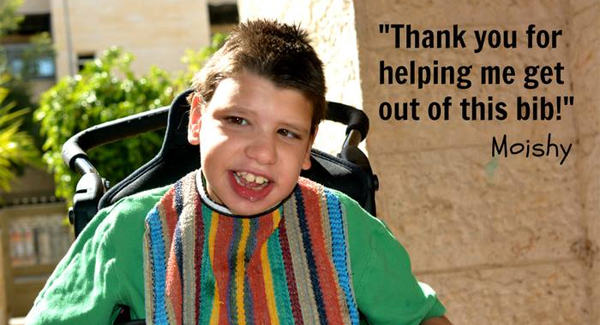
Resources
14 Drooling Tips for your Child With Special Needs
Drooling or dribbling – the unintentional loss of saliva from the mouth – can affect both children and adults with special needs. There may be a number of causes, including:- Abnormalities in swallowing
- A reaction to medications which cause an increase in saliva
- Difficulty moving saliva to the back of the throat
- Tongue thrusting
- Jaw instability
- Inflammation of the mucous membranes of the mouth



